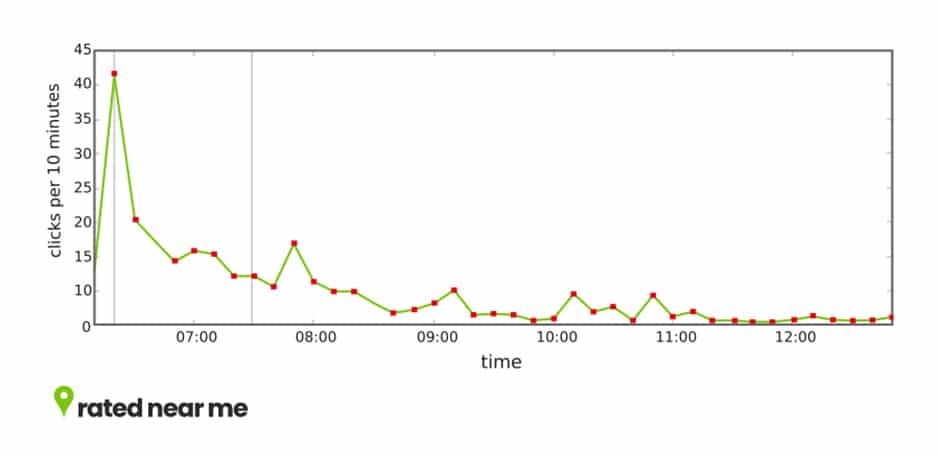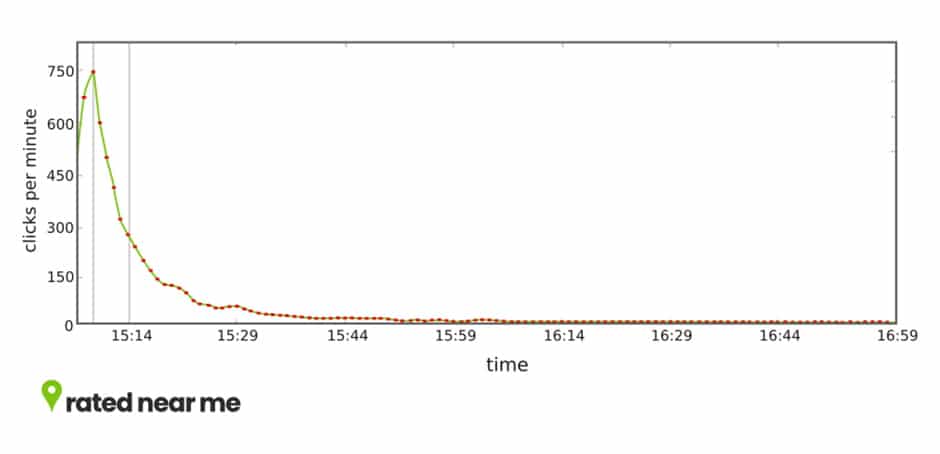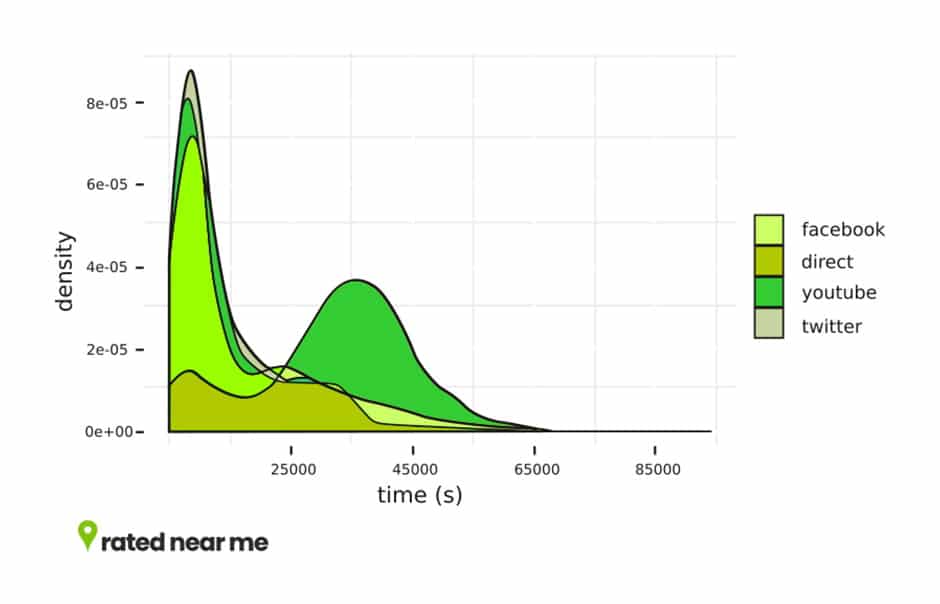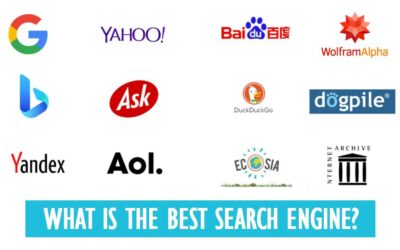How long a link lasts before it stops generating interest is actually a pretty big question – especially on social media!
What really decides the longevity of a link? Does the content keep it alive? Does it matter who shared the link in the first place? Would a link last longer when shared in one place instead of another? Is it possible to extend the life of a link?
These are questions that marketers and social media users might ask.
Of course all links shared on the web are not the same. They each serve different purposes – sharing different kinds of content: from videos, news stories, presentations, guides, tweets, pictures to PDFs.
Links are shared on different websites and online platforms – often for different purposes: perhaps its to aid SEO and marketing activities or to alert people to urgent news stories. Links are rarely general in nature and often target specific kinds of audiences.
However, some rules do apply to all kinds of links. This guide can help you understand how different types of links affect its longevity.
Bit.ly Research
King of the link shortener Bitly, previously performed research into this topic and their own statistics showed pretty clear conclusions.
“Links generally do not have a long lifespan“
What was discovered was that, generally speaking, links only last up to 3 hours.
Within this time windows is when they receive the greatest number of clicks (attracting the most visitors). Views of the links after that time span begin to dwindle.
So in simple terms, once a link is published through a social media channel, it will receive the most views in the first three hours. The time period in which a link attracts the most clicks is sometimes referred to as the “link half life”.
Half-life determines the time within which a link receives half of all its clicks.
In one research piece that Bitly performed on an entertainment article they noticed that the half-life of the link was 70 minutes. After it reached its peak, clicks on the link quickly dwindled. Although the charts shows some small peaks, the views continually decline over the time span. The graph shows the life of the link:

Testing With Different Link Content
To compare how different content affected the half-life, a news link containing current news events was tested. This produced different half-life and total lifespan results.

Compared to the 70 minutes noted in the first test, this news link generated a half-life of only 5 minutes. So it had already received half of all the clicks in the first 5 minutes of the total it will ever get.
Of course, we must consider the content contained within the link.
Entertainment stories are enjoyable and relevant at any time. Whereas, current event news becomes quickly obsolete as new stories surface.
The one thing we can learn from this is – how quickly the information becomes old and irrelevant affects the lifespan of a link.
Link Locations & Platforms
Another factor which the research identified, was that link location affected the lifespan.
The internet is, as we know, very well interlinked, and it doesn’t take long for information to spread.
A link shared on one site is easily transferred to other sites. This in turn, also attracts new readers and visitors.
Research shows where a link is originally shared affects its longevity.
Investigating the two previous examples further, the first link was shared on Facebook, whereas the second was shared on Twitter.
Looking at the lifespan of these links, we can see that Facebook links keep peoples’ attention for longer (of course, this is a very limited comparison) and there appears to be no distinct average lifespan trend. There are other variables, such as the type and quality of content, that affect link lifespan.
In an attempt to address these differences, Bitly looked at the lifespan of 1,000 links. These were categorised based on what online social media platform was used to share the links.

The results of this larger test segment remained consistent with the previous tests. The half-life for Facebook links was longer at 3.2 hours, with links shared on Twitter achieving a shorter half-life of 2.8 hours.
The conclusion was that a link initially shared on Facebook lives longer on social media, which makes sense, given that posts on Facebook tend to be longer in length and more visual in appearance compared to those on Twitter.
Overall, only a slight difference was observed across all sources – with direct links resulting in a half-life of 3.4 hours.
Except for the YouTube links, all the other link source displayed a similar pattern – a rapid increase followed by a quick descent.
YouTube Link Lifespan
The surprising result here was YouTube.
The YouTube links show a gradual increase in clicks at first, before a slight drop – and then an increase in clicks once again before declining to near zero.
Links shared on YouTube have a half-life of up to 7.4 hours – proving that these links last considerably longer.
It’s not possible to determine for certain why these links have a longer lifespan. However, the fact that YouTube shared “video links” is likely to influence the link’s longevity.
The social media platform also shares a variety of entertainment type videos, from short to very long videos. These might also contribute to the increased link lifespan.
While this Bitly data shows YouTube links with longer lifespans, other research suggests it can extend up to as long as 6 days. Which some people might consider a small time span considering how much effort goes into creating videos.
Content In The Link Is King
Data suggests that your content is more important than where a link is shared.
Which stands to reason, in that the type of link you share, the content topic (and quality of the content), will have a direct affect on its lifespan.
You can also take steps to extend the lifespan. These include sharing your links at peak user times for individual platforms or including intriguing subjects/titles – people sometimes refer to these as “link bait”. Continuing to re-share a link can also help increase its lifespan.
Lifespans do not predict how well a link does. They simply show what type of links perform best.
Conclusion – Links Live Up To 3 Hours
In short, the average time that a link shared on a social media platform is likely to be 3 hours. Some may be less than 2 hours.
It might be disheartening to hear these figures, especially if you put a lot of effort into producing the content.
YouTube appears to be the exception, where links experience much longer lifespans. While the average is 7 hours, links can last anywhere up to 11 hours.
So get your video camera ready if you want to gain more clicks on those links!
Featured image source: Vintage photo created by luis_molinero – www.freepik.com
Original data credit: bitly.com



